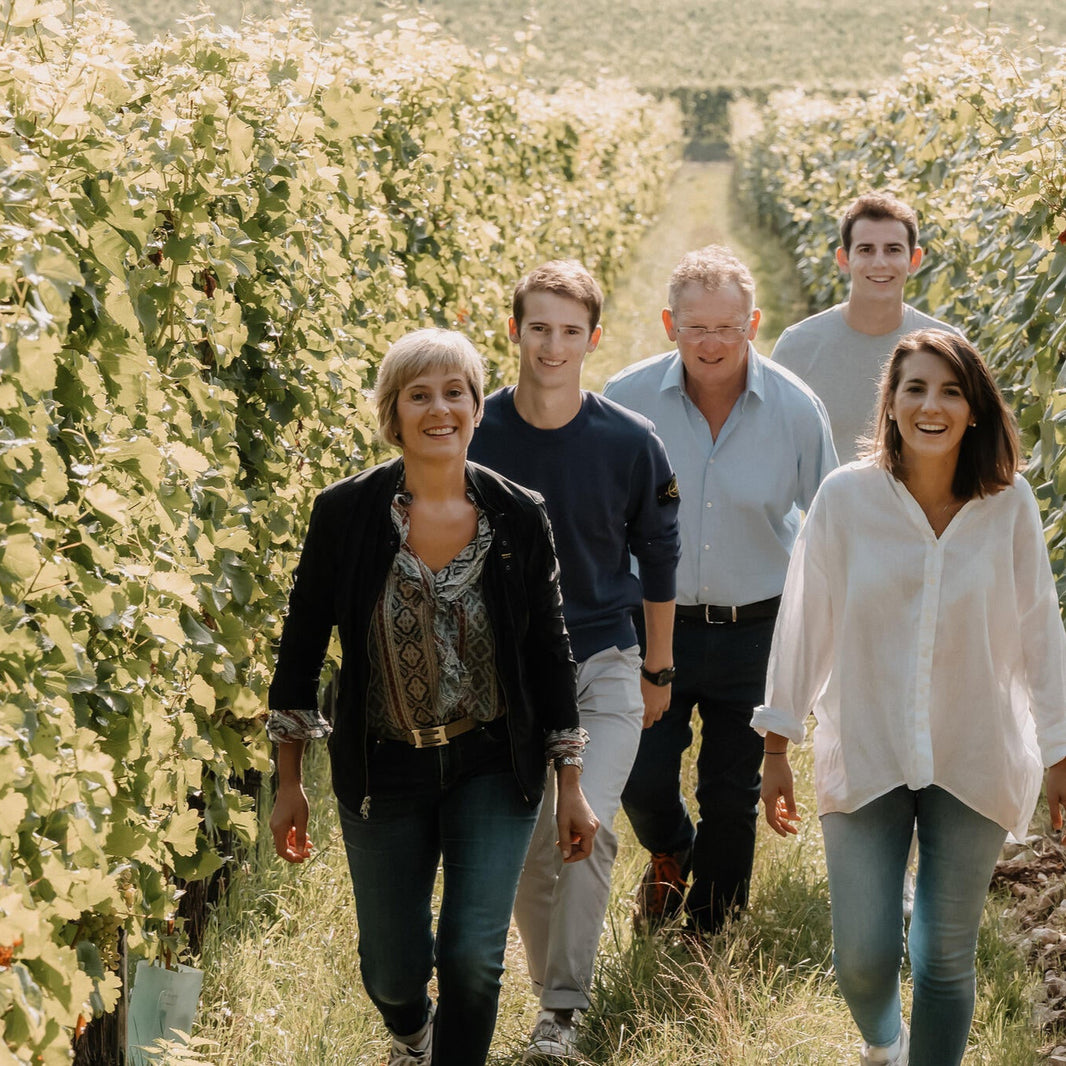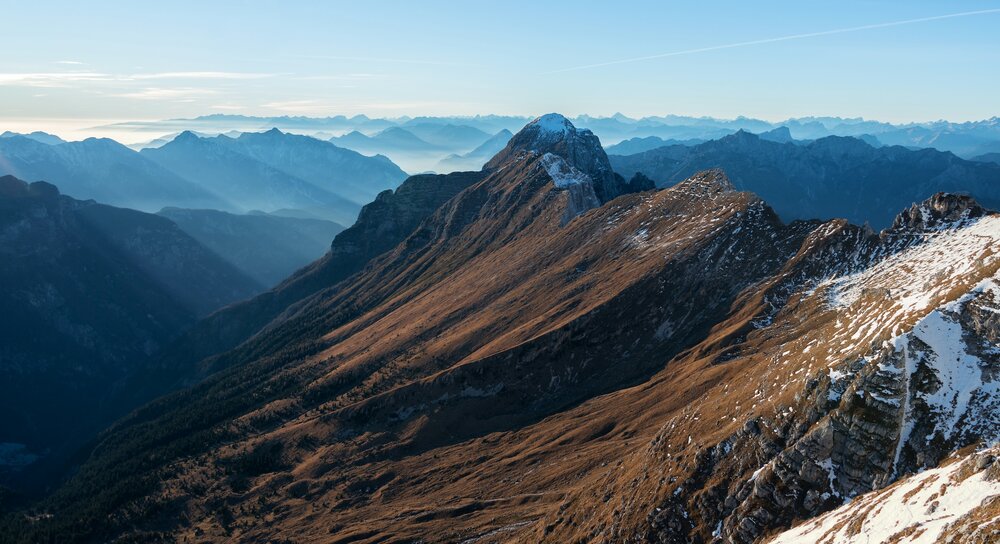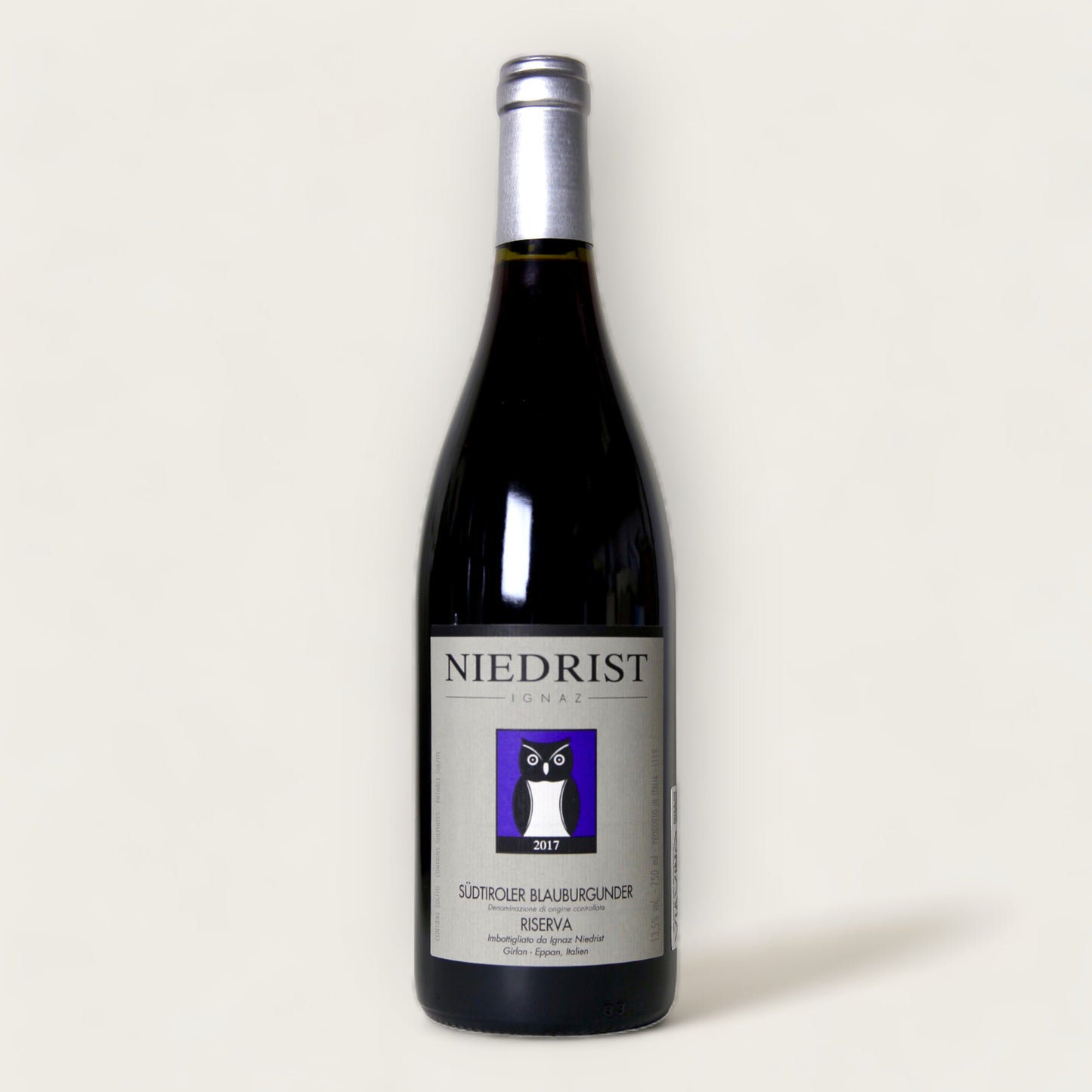Stay up-to-date with the latest news, exclusive promotions, and exciting events by subscribing to our newsletter! Sign up now and receive a 10% discount on your first purchase. Don't miss out on this great opportunity to stay connected with us and get access to special offers!
Pinot Nero Riserva Alto Adige DOC - 2017
- Tax included.
Pinot Noir thrives in Alto Adige, where the region boasts producing some of Italy's finest. The secret lies in the unique terroir characterized by calcareous-gravel-clay soil and elevated slopes at 450-500 meters above sea level. This combination imparts a remarkable depth to the wine, enhancing its fruit quality, earthy notes, spice, and overall structure.
Star-bright, medium ruby color, presenting an elegant and delicate profile. Aromas of red berries, earth, roses, and subtle toasty nuances waft from the glass. The wine's structure is commendable, with delicate yet polished tannins and a clear interplay of acidity and minerality. The finish is long and elegant.
Crafted through fermentation in an open cask and aged in barrels for 12-14 months, this Pinot Noir epitomizes the artistry and dedication of winemaking in Alto Adige.
Grape Variety:
Alcohol: 14.0%
Serving Termperature °C: 12-14°C
Ageing Potential: 10-15 years
Terroir: Dolomiti

Niedrist

Dolomiti

Trentino Alto Adige


